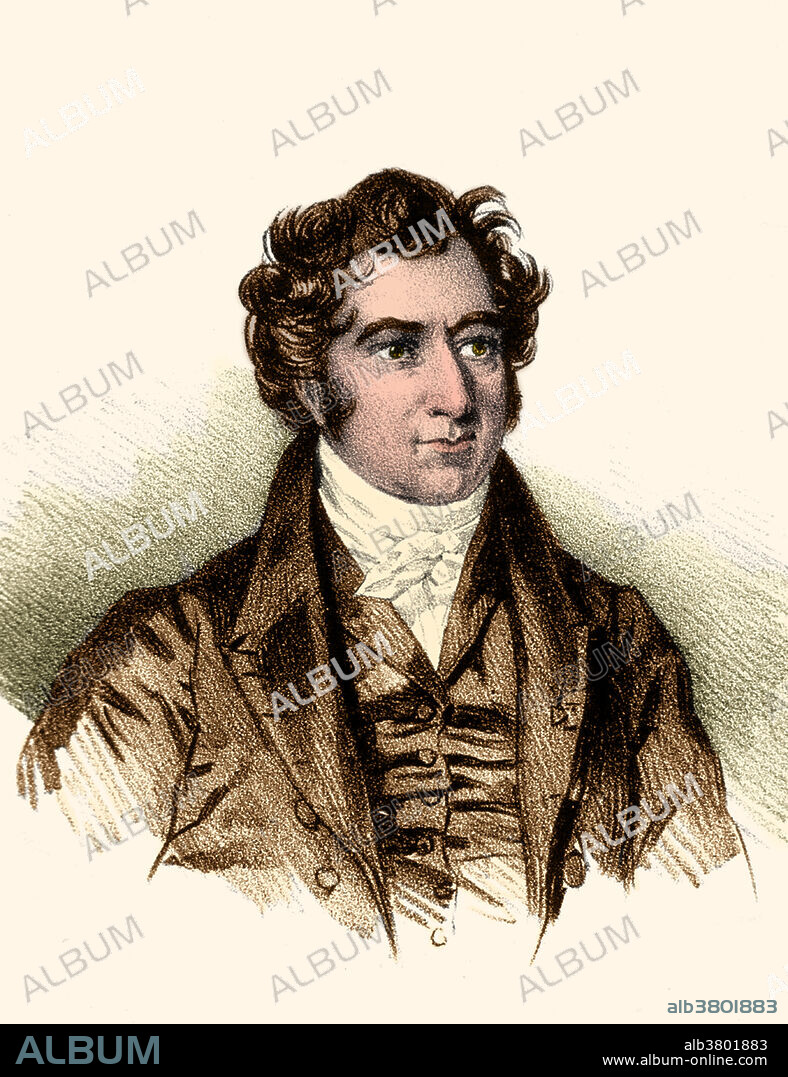alb3801883
Francois Arago, French Astronomer

|
Zu einem anderen Lightbox hinzufügen |
|
Zu einem anderen Lightbox hinzufügen |



Haben Sie bereits ein Konto? Anmelden
Sie haben kein Konto? Registrieren
Dieses Bild kaufen.
Nutzung auswählen:

Titel:
Francois Arago, French Astronomer
Untertitel:
Siehe automatische Übersetzung
Dominique Francod Arago (1786-1853), French mathematician, physicist, astronomer and politician. He was elected a member of the French Academy of Sciences, at the age of 23, and given a position as one of the astronomers of the Royal Observatory, where he gave lectures in astronomy. The invention of the polariscope and discovery of Rotary polarization are due to Arago. He invented the first polarization filter in 1812. In 1816, along with Joseph Louis Gay-Lussac, he started the Annales de chimie et de physique, and in 1818 or 1819 he proceeded along with Biot to execute geodetic operations on the coasts of France, England and Scotland. Arago's earliest physical researches were on the pressure of steam at different temperatures, and the velocity of sound, 1818 to 1822. He showed that a magnetic needle, made to oscillate over nonferrous surfaces falls more rapidly in the extent of its oscillations according as it is more or less approached to the
Bildnachweis:
Album / LOC/Science Source
Freigaben (Releases):
Bildgröße:
3600 x 4679 px | 48.2 MB
Druckgröße:
30.5 x 39.6 cm | 12.0 x 15.6 in (300 dpi)
Schlüsselwörter:
ASTRONOMIE • BERÜHMT • BERÜHMTE PERSÖNLICHKEIT • ERFINDER • EUROPAEER (F M) • EUROPAEER • EUROPÄER (F M) • EUROPÄER • EUROPÄISCH • FARBE • FARBIG • FILTER • FILTERTUETE • FILTERTÜTE • ILLUSTRATION • ILLUSTRATIONS • MAGNETISMUS • MANN • NOTABEL • PERSON • PERSöNLICHKEITEN • PERSÖNLICHKEITEN • PORTRAIT • PROMINENZ • ROTATION • WISSENSCH.: ASTRONOMIE
 Pinterest
Pinterest Twitter
Twitter Facebook
Facebook Link kopieren
Link kopieren Email
Email
